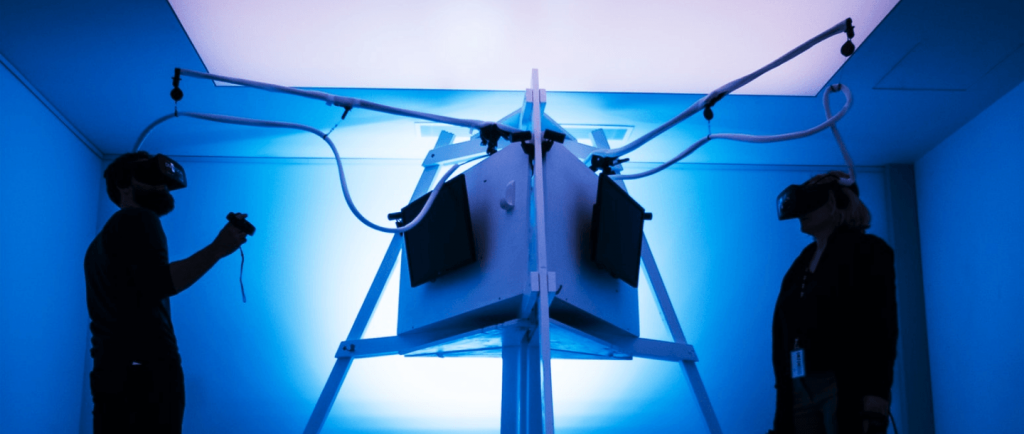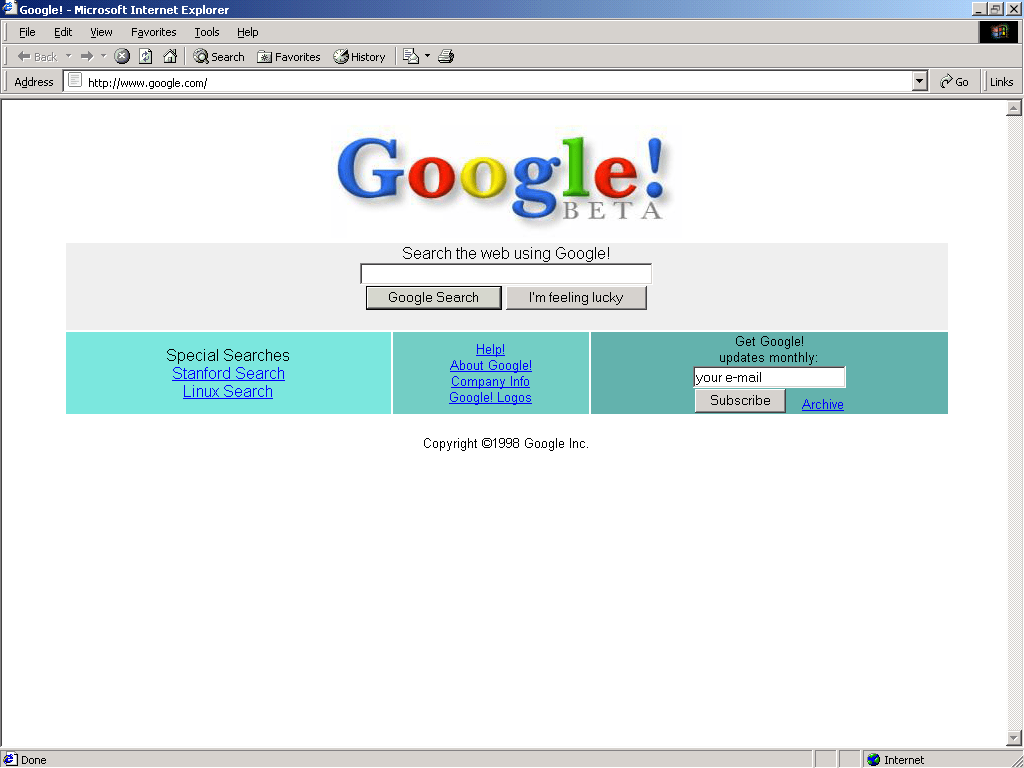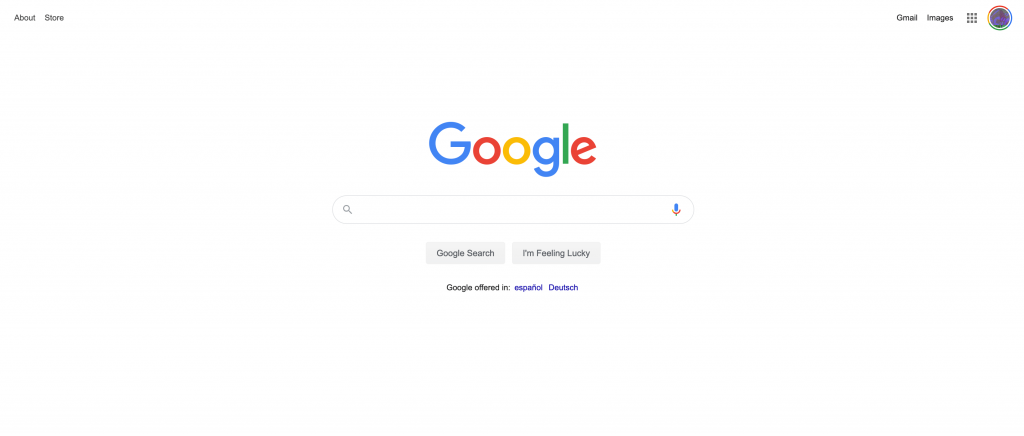
Extended Reality (XR) is the mix of enhanced digital and physical experiences: augmented reality (AR), mixed reality (MR), virtual reality (VR), and wearables. That sounds really techie if you are not in the field yet, but keep reading, there’s definitely a need for it.
Let’s get into context
As technology evolves into smaller and more sophisticated hardware, we also evolve to learn it faster. Almost any new skill can be understood and mastered by anyone. Your parents might own an Instagram account already, and even the elderly are mastering tech (see many TikTokers over their 80s).
Our future depends on our ability to continuously adapt to the latest technology. Companies have been working on making their devices way easier to use to help this adaptation, what we call user-friendliness. Price used to be also a barrier, which came down drastically as they entered the mass market.
As we are more and more tech-dependent, we also demand more from it. We are hungry for new ways of interaction, for new experiences. With each Apple event, we sit and wait for them to present something new. We want new features. We want to be surprised. But what we are definitely aiming for, is for them to think about ways to make our life easier. And that’s what designers do! We think about solutions to improve the user’s experiences.
Sci-fiction movies, books, and video games established a scenario of possibilities that almost do anything for the user, and which nowadays could be possible to develop. XR can fulfil those expectations, it opens up new potentials for interesting and exciting user experiences.
It’s all about the experience
User experience (UX) refers to any interaction a user has with a product or service, like an app or a Playstation game. It’s all about creating a product or service that is easy to use, easy to navigate through. It’s all about the journey. And for that, we need to focus on humans, on our psychology.
While tech and design change over time, our emotions and motivations change very little. The success or failure of a design is the result of understanding or not your users’ needs. By understanding how the human mind works, we can anticipate behaviours and design according to them.
A quick look at the history of UX
The concept of UX design was defined in the early 90s by the cognitive psychologist and designer Don Norman, but the concept goes centuries back.
As far back as Ancient China, 4000 BC, with the concept of Feng Shui. What has that to do with UX? A lot. In UX, we apply similar principles to create an interface that is intuitive, easy to use, and which makes the user feel comfortable.
The next trace of UX origins goes back to Ancient Greece, 500 BC. The Greeks thought about improving their users’ life through ergonomics. Fancy, right? In his text “About the hospital”, Hippocrates suggested that the surgeon may be either standing or sitting depending on the type of operation, but he always has to adopt the most comfortable posture. This sounds a lot like UX.
If you took an ancient art history class at high school, you might remember about the 8:1 ratio for the height of columns according to Vitruvius. The 8:1 ratio was considered similar to the relation between a tall woman’s height and foot length. That is the next level of fanciness and user-centred design.
We will be covering UX history in another post, but you can get an idea right now of how the concept is not new, that design has always been developed in order to please the user. And for XR, we take that to the next level.
The need for UX for XR
Immersive experiences are changing the way we connect with people, information, and experiences. It helps address issues that are caused by remoteness, which we highly value during 2020.
VR was supposed to be a revolution, but it never really took off. One of the main reasons is its price, which is finally dropping down, but also the heaviness of VR headsets, which might be changing soon.
I believe that the Oculus Quest 2 is the bridge to turning VR into the mainstream. Unfortunately, many experts think that the adaptation will only happen when the barrier to entry is akin to slipping on a pair of sunglasses. And that is actually true. Even if my Oculus Quest 2 comes with a glasses spacer, I don’t feel comfortable with them so I put on my contact lenses, which is not encouraging plug and play at all.
Bad UX in AR and VR is one of the main reasons these technologies are not that popular yet. The main difficulty is that the XR space has very few defined standards. So there’s an opportunity on XR design here!
Think about the first websites. Web design is still a newish field, and yet the changes that took place in these 30 years are incredible.
But, as we are talking about new technologies, there’s a big learning curve for some users. Our aim here is to make experiences as accessible as possible and to minimise the amount of frustration. Actually, to eradicate frustration.
But hey, there was a learning curve for websites and apps too, and here we are, willing to master the next level of immersion. As for how I see it, we have the chance to take part in the definition of those standards, to help define the UX for extended reality. Let’s take it 😉
Thanks for reading! If you are on Medium, this article has been published on Design Bootcamp (UX Collective), here is the link.




